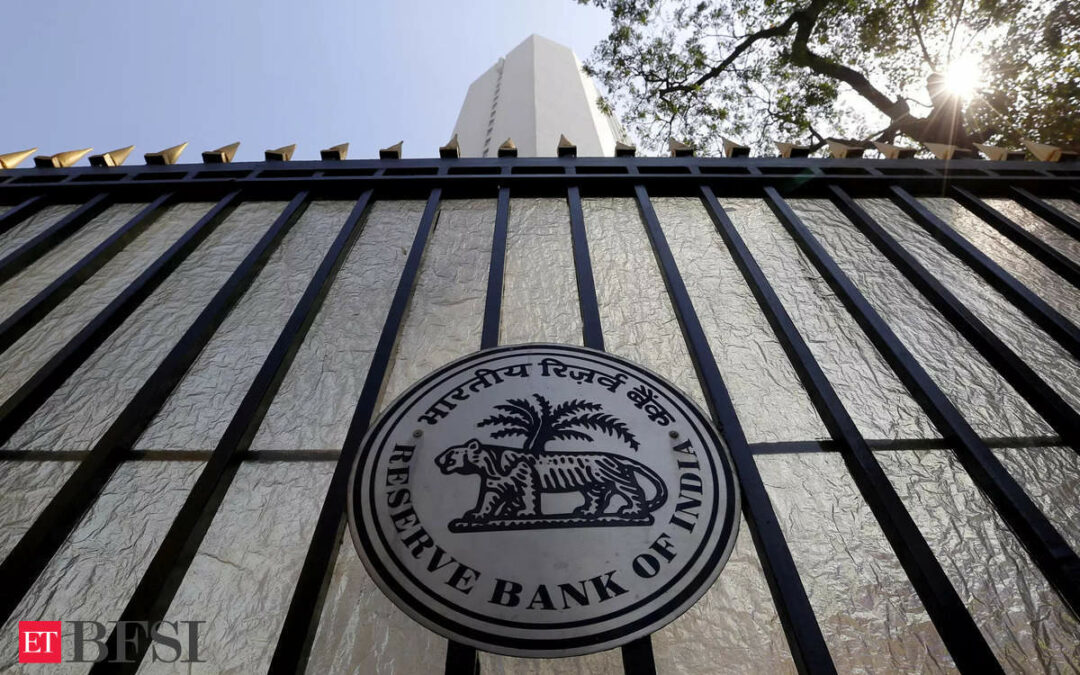The Reserve Bank of India’s (RBI) recent decision to revise the bulk deposit threshold for commercial banks from Rs 2 crore to Rs 3 crore marks a significant step towards addressing the growing divergence between credit and deposit growth. This move is aimed at enhancing liquidity management and mitigating asset-liability mismatches, a concern that has gained prominence with the current economic trends.
Experts say the revision is expected to address liquidity issues by encouraging more substantial bulk deposits. By increasing the threshold, the RBI aims to make it more attractive for large depositors to park their funds in banks, thus boosting overall deposit growth.
However, the effectiveness of this measure hinges on several factors:
Deposit growth is more closely linked to income levels rather than interest rate adjustments. Over the past decade, real income growth, when adjusted for inflation and taxes, has been minimal. Without significant real income growth, the impact of the revised threshold may be limited.
Savings trends
Households’ savings behaviour has shifted towards alternative investment avenues. Bank deposits as a share of GDP have declined from 7.8% in FY21 to 5.8% in FY23, with a slight recovery to 7.9% in FY24. During this period, outstanding deposits grew at a compound annual growth rate (CAGR) of 7.4%, compared to 19% for mutual funds. This trend suggests that households are increasingly favouring higher-return investments over traditional bank deposits.
As banks offer higher preferential rates to attract bulk deposits, the cost of funds for borrowers could increase. This might lead to systemic risks due to over-leveraged households, particularly as retail borrowing surges. Additionally, higher lending rates could deter private capital expenditure (capex), which is showing signs of recovery after a prolonged slump.
Long-term solutions
While the revised bulk deposit threshold is a step in the right direction, it may not be a panacea for the broader issues facing the banking sector. To ensure sustainable deposit growth and liquidity management, additional measures could be considered:
Reducing the lock-in period for section 80C benefits on bank fixed deposits (FDs) from five to three years and exempting retirees and pensioners from tax on deposit interest could make bank deposits more appealing.
Encouraging corporates to explore alternative funding avenues through a vibrant corporate bond market could reduce dependence on bank funding. This would require urgent measures to fast-track debt resolutions and close loopholes in the insolvency and bankruptcy laws, ensuring even lower-rated corporate bonds have a market.
Targeted income support schemes, while offering long-term benefits, could help boost real income levels and, consequently, deposit growth.











